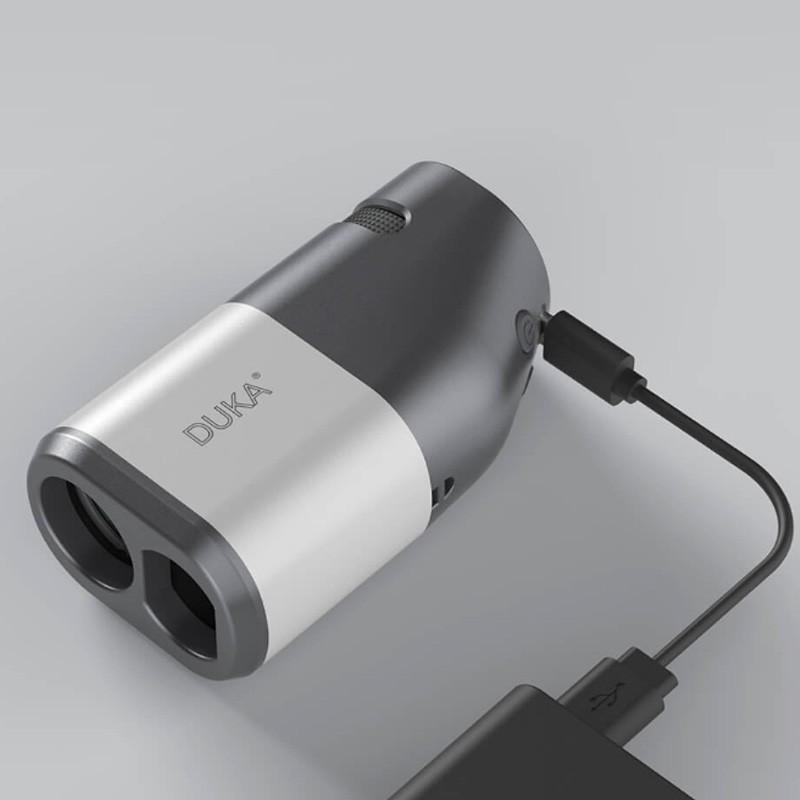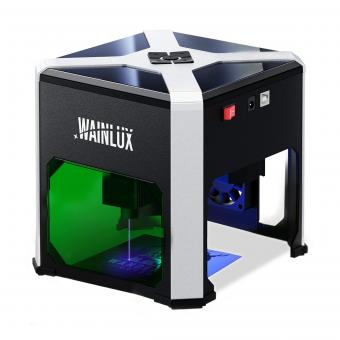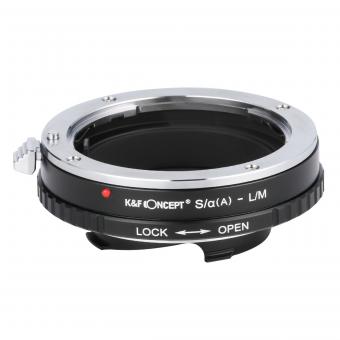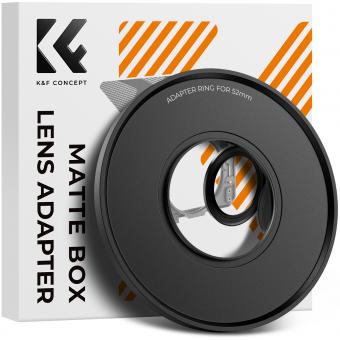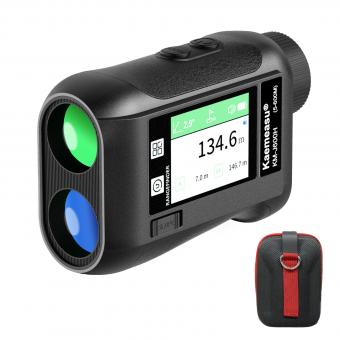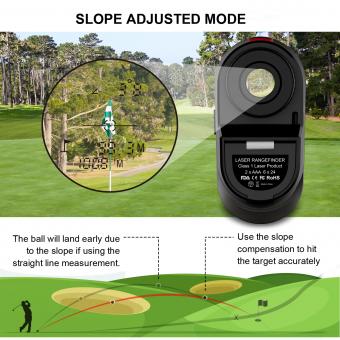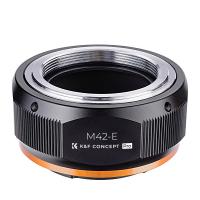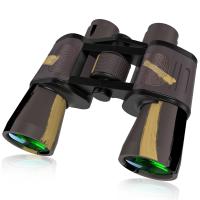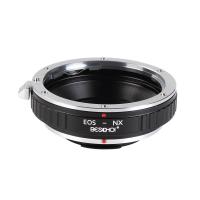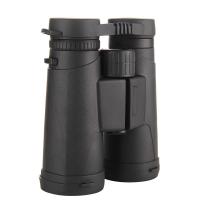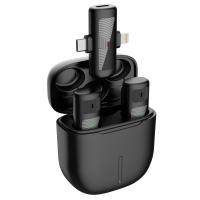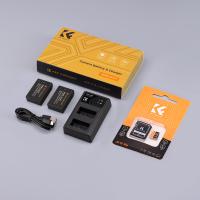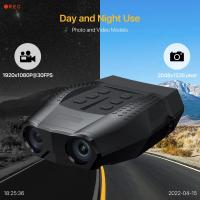How Do Laser Rangefinders Teardown ?
Laser rangefinders can be disassembled by carefully removing the outer casing using appropriate tools such as screwdrivers or pry tools. The internal components, including the laser module, optics, and circuit board, can then be accessed. It is important to exercise caution and follow proper safety procedures when handling laser rangefinders, as they contain potentially harmful laser beams.
1、 Disassembling the outer casing and removing screws and fasteners.
Laser rangefinders are complex devices that use laser technology to accurately measure distances. If you are interested in understanding how these devices work or need to repair or modify one, a teardown can provide valuable insights. The process of disassembling a laser rangefinder typically involves several steps.
First, you need to remove the outer casing. This can usually be done by carefully prying it open or unscrewing any visible screws or fasteners. It is important to be gentle and avoid damaging any delicate components inside.
Once the outer casing is removed, you will have access to the internal components. These may include a laser emitter, a receiver, a processor, a display, and a power source. Carefully disconnect any cables or connectors that are attached to these components.
Next, you can start removing screws and fasteners that hold the internal components in place. Keep track of the locations and sizes of the screws as they may vary. It is advisable to use a screwdriver that fits the screws properly to avoid stripping them.
As you disassemble the laser rangefinder, take note of any interesting or unique features you come across. This could include specialized lenses, sensors, or circuit boards. It is always fascinating to see the intricate design and engineering that goes into these devices.
It is important to exercise caution during the teardown process to avoid damaging any components or injuring yourself. If you are unsure about any step, it is recommended to consult the manufacturer's documentation or seek professional assistance.
In conclusion, disassembling a laser rangefinder involves carefully removing the outer casing, disconnecting cables, and removing screws and fasteners. This process allows you to gain a deeper understanding of the device's internal components and how they work together to provide accurate distance measurements.

2、 Separating the internal components, such as the laser module and optics.
Laser rangefinders are sophisticated devices that use laser technology to accurately measure distances. To understand how they teardown, we need to look at their internal components and the process of separating them.
The first step in tearing down a laser rangefinder involves removing the outer casing or housing. This can usually be done by unscrewing or unclipping the various parts. Once the casing is removed, the internal components become accessible.
The most crucial component of a laser rangefinder is the laser module. This module emits a laser beam that is directed towards the target. The laser module is typically a small, compact unit that can be detached from the rest of the device. It contains the laser diode, optics, and other necessary components for generating and focusing the laser beam.
Separating the laser module allows for a closer examination of its individual parts. The optics, including lenses and mirrors, play a crucial role in directing and focusing the laser beam. These components need to be handled with care to avoid any damage.
Apart from the laser module, other internal components may include a microcontroller, a display screen, a power source, and various circuit boards. These components are responsible for processing the laser signal, calculating distances, and displaying the results.
It is important to note that tearing down a laser rangefinder requires technical expertise and should only be done by professionals or individuals with the necessary knowledge and skills. Additionally, it is crucial to follow safety precautions and handle the laser module with caution to prevent any accidental exposure to the laser beam.
In recent years, laser rangefinders have become more compact and advanced, incorporating features like Bluetooth connectivity, smartphone integration, and advanced algorithms for improved accuracy. These advancements may influence the teardown process, with additional components and complexities to consider.
Overall, the teardown process of a laser rangefinder involves separating the internal components, such as the laser module and optics, to gain a deeper understanding of their functionality and construction.

3、 Identifying and disconnecting electrical connections and wiring.
When it comes to tearing down laser rangefinders, one of the key steps is identifying and disconnecting electrical connections and wiring. This is crucial to ensure safe and efficient disassembly of the device.
To begin the teardown process, it is important to have a clear understanding of the device's electrical components and their connections. This can be achieved by referring to technical manuals or schematics provided by the manufacturer. Once familiar with the internal wiring, the next step is to carefully disconnect any electrical connections.
Identifying and disconnecting electrical connections involves locating and removing connectors, cables, and wires that connect various components within the rangefinder. This may include power cables, data cables, and sensor connections. It is essential to exercise caution during this process to avoid damaging any delicate components or causing electrical shorts.
The latest point of view in this regard emphasizes the importance of following proper safety protocols. This includes wearing appropriate protective gear, such as gloves and safety glasses, to prevent any potential injuries. Additionally, it is advisable to discharge any stored electrical energy in capacitors or batteries before disconnecting the electrical connections.
Overall, identifying and disconnecting electrical connections and wiring is a critical step in the teardown process of laser rangefinders. By doing so carefully and following safety guidelines, one can ensure a smooth and successful disassembly of the device.

4、 Removing any additional components, such as batteries or circuit boards.
Laser rangefinders are devices used to measure distances by emitting a laser beam and calculating the time it takes for the beam to bounce back. If you want to teardown a laser rangefinder, the process typically involves removing any additional components, such as batteries or circuit boards.
To begin, you would need to open the casing of the rangefinder. This can usually be done by unscrewing or unclipping the outer shell. Once the casing is open, you can access the internal components.
Next, you would need to disconnect any power source, such as batteries, to ensure safety during the teardown process. This step is crucial to prevent any accidental electrical discharge or damage to the device.
After removing the power source, you can proceed to remove the circuit boards. These boards contain the electronic components responsible for emitting and receiving the laser beam, as well as processing the data. Carefully disconnect any connectors or cables attached to the circuit boards before removing them from the device.
Once the circuit boards are removed, you can further disassemble the rangefinder by removing any other components, such as the laser module or the display screen. This step may require additional tools, such as screwdrivers or pliers, depending on the design of the device.
It is important to note that the teardown process may vary depending on the specific model and manufacturer of the laser rangefinder. Therefore, it is always recommended to refer to the device's user manual or seek professional assistance if needed.
In conclusion, the teardown process of a laser rangefinder involves removing any additional components, such as batteries or circuit boards, to access the internal parts of the device. It is crucial to follow safety precautions and refer to the device's manual for specific instructions.
